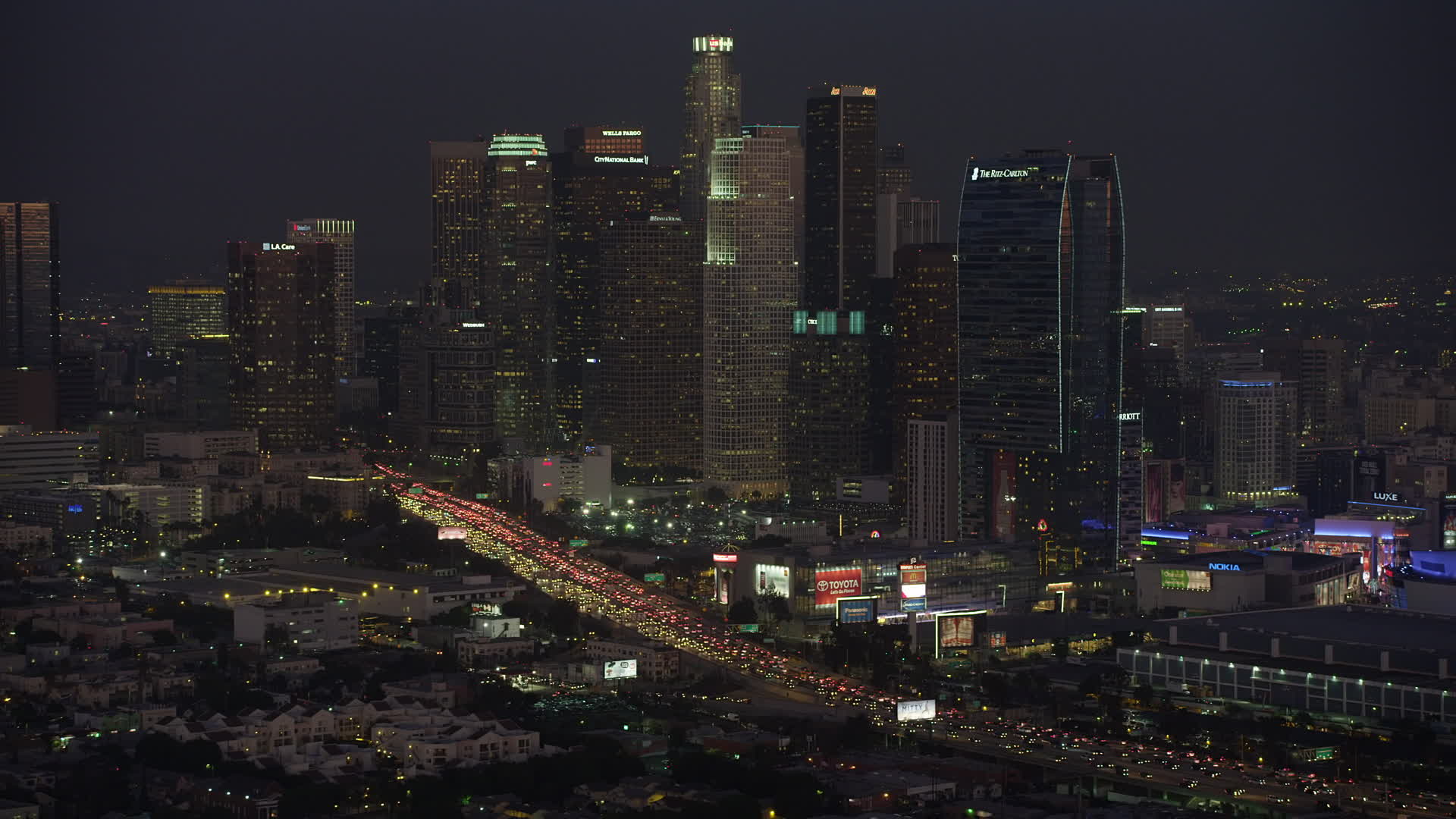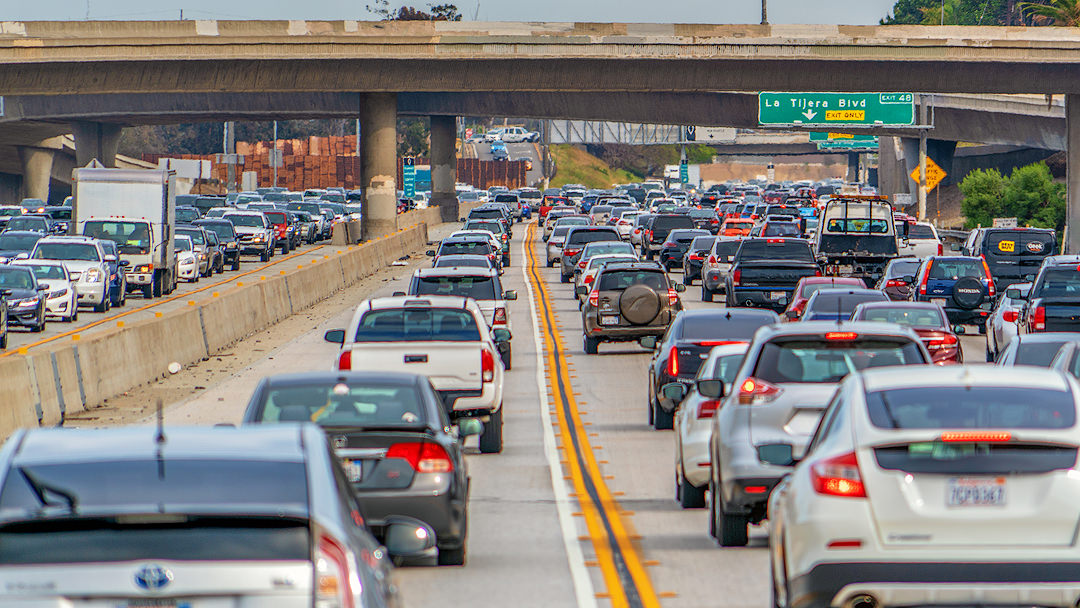


Suen said that her project team would be making use of information that ADMS has from sensors on both local roads and freeways, which can track how many vehicles are passing over the sensor and how fast they’re traveling. One of the initial goals of the project was to try to ascertain through traffic data and observing traffic movement whether lockdowns were working and residents were sticking to stay at home orders, or if they were ignoring advice and going out to beaches and parks. Suen said that such lockdowns may also have an impact on both traffic flow and disease spread. “But also in the areas that are downstream of that-for example if people go downtown and then go back to another residential area, you may see a spike in cases in that other residential area because people are contracting it at work and then bringing it back home.”Įarly in the pandemic, when much of the county was under stay-at-home orders, we were greeted with surreal images of blissfully empty freeways. “So if there is a large connection between those two areas, and you might imagine that if you see a spike in cases in that residential area, you may also see a spike in areas such as Downtown,” Suen said. You would expect that in a sprawling megacity like LA, a fair proportion of the daily traffic flow would be from those in residential areas driving along the freeways to and from work in centers such as Downtown. This will give us some indication of which areas are more connected than others.” “There’s so little easily accessible information on how people are flowing between different regions of the county. One of the ways you might be able to do this is by looking at population flow over different regions of LA,” Suen said. “There’s this big mystery around transmission patterns, and you need to do that modeling really accurately if you want accurately forecast for COVID. The researchers will use this modeling in partnership with the LA County Department of Public Health to better locate testing sites within these at-risk regions. This information will inform a mathematical model of COVID-19 spread, which can then be used to identify which health districts in the county are at highest risk for unidentified cases. It will be the first time that traffic data has been leveraged at such a large scale to inform disease control methods.Ĭollaborating with the Archived Data Management System (ADMS) project team at USC, Suen will use traffic pattern data collected from road sensors throughout LA County to see how the population flows through the city on a day-to-day basis. Epstein Department of Industrial and Systems Engineering is hoping to discover.Īs our world learns to live with and manage endemic COVID and the emergence of new variants like Omicron, Assistant Professor Sze-chuan Suen, together with Epstein Department Chair Maged Dessouky and Professor Neeraj Sood from Price School of Public Policy, will work on a new National Institute of Health-funded project, which will harness traffic data to see what it can demonstrate about how the virus is spreading in Los Angeles. However, this is exactly what a team in USC Viterbi’s Daniel J. The last thing on your mind is how this bumper-to-bumper snarl could be a vital clue in the fight against the spread of viruses like COVID.

Your car is at a standstill on LA’s notoriously busy 110 freeway. Video shows Thanksgiving 2017 traffic, not traffic from Super Bowl LVI played in Los Angeles, California, in February 2022.A new project will examine how the movement of traffic may offer insight into the spread of COVID. Reuters debunked it in a November 2021 Fact Check, reviewable ( here).ĪBC News told Reuters at the time that the video dates back to November 2017 and can be seen ( here) in a Novemtweet by the network’s official Twitter account. traffic video has been making the rounds on the web for years. The video in social claims was not associated with the Super Bowl in any way. The Los Angeles Rams beat the Cincinnati Bengals 23 to 20 on Sunday at L.A.’s SoFi Stadium ( here). is all lit up to celebrate the Rams huge win tonight,” is reviewable ( here). The video clip shows 2017 Thanksgiving traffic in Los Angeles captured by ABC News.Įxamples of the miscaptioned video footage posted to Facebook can be seen ( here) and ( here).Ī similar post from Twitter with the caption, “The city of L.A. (Reuters) - Contrary to social media claims, nighttime footage shared online does not show Los Angeles traffic following the Super Bowl LVI.


 0 kommentar(er)
0 kommentar(er)
